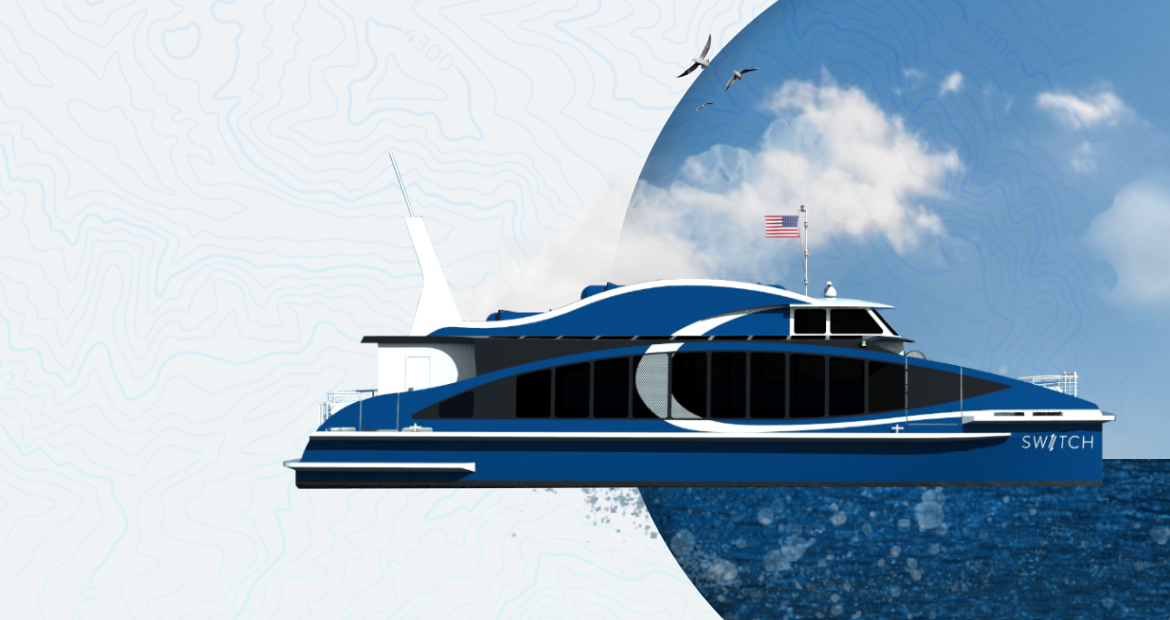Cummins to Power North America's First Hydrogen-Powered Ferry

Cummins’ hydrogen fuel cells are being integrated into North America’s first commercial hydrogen fuel cell powered ferry.
A 70-foot, 75 passenger, zero-emission ferry named “Sea Change” will be the flagship for a planned future fuel cell powered fleet in the bay area of San Francisco. The project is designed to demonstrate and test the potential commercialization of fuel-cell powered marine vessels in the global maritime industry.
The Sea Change will be powered by Cummins’ 360kW fuel cell, reaching seeds up to 22 knots. Hydrogen is supplied to the fuel cell creating electricity to run the electric motors and turn the vessel’s propellers. The Sea Change is in the final phases of construction and set to begin sea trials later this year.
Fuel cells are an attractive solution for decarbonization of marine vessels for several reasons. They are zero emissions, silent and scalable. Plus, they are flexible because the power from the fuel cells is transported through wires. The fuel cells can be placed almost anywhere on the vessel. In the case of the Sea Change, the fuel cells are placed in a room at the back of the main cabin, while the hydrogen storage tanks are up at the top deck.
The Sea Change is owned by SWITCH Maritime, a North American impact investment company working to create America’s first fleet of zero emission marine vessels. This project is also partially funded by a $3 million grant from the California Air Resources Board, administered by the Bay Area Air Quality Management District, that comes from the California Climate Investments initiative.
Cummins is not stopping with zero emission ferries. The company’s alternative power solutions are set to power applications across the port ecosystem. This includes battery electric terminal tractors and six Class 8 fuel-cell powered drayage trucks that will transport goods from ships to warehouses in Southern California. In addition, Cummins is designing and building containerized hydrogen fuel cell generator systems that will supply both stationary and portable port power

